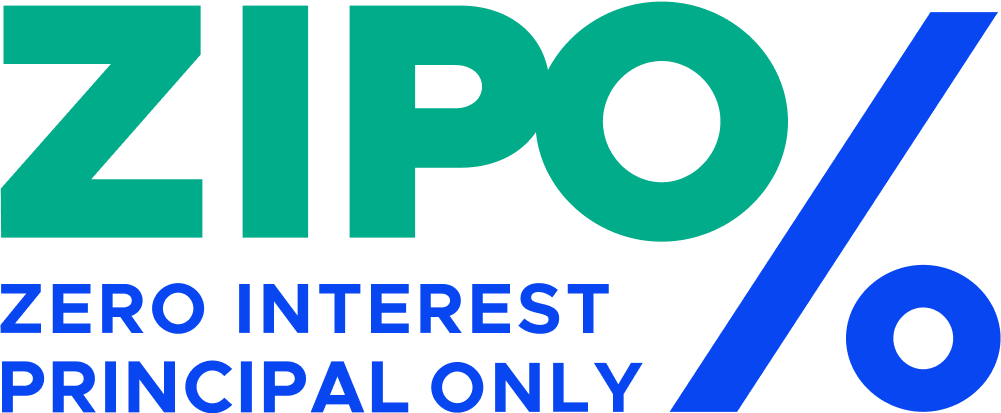NEWS
Here’s What You Need to Know About Different Repayment Plans
Life after leaving college is filled with many decisions, and one of the first ones that you’ll need to make is how you want to pay off your loans. The different loan repayment plans all have distinct advantages and disadvantages depending upon your situation. Read through each of these types to see how they can impact your ability to build your finances while paying down your loans.
Make One Payment With Student Loan Consolidation
Over the course of your academic career, you can amass several loans. With student loan consolidation, all of your federal loans are combined into a single Direct Consolidation Loan. This has the advantage of helping you to only have one simple payment to make each month rather than several that can throw you off track. Consolidation does come with the drawback of not saving you much on interest. The interest that you’ll pay is determined by the weighted average of your current rates and rounded up to the closest 1/8%.
Lower Your Interest Rate by Refinancing
Refinancing allows you to combine both federal and private student loans into one payment, but it also comes with the advantage of being able to apply for a lower interest rate. You can also change your loan terms within five to 20 years. With this option, you’ll give up access to an income-drive repayment plan, but you can significantly lower your interest rate if you have a co-signer or can demonstrate financial responsibility with a good credit score and stable income.
Start Out Easier With Income-Driven Repayment
This repayment option is built upon the premise that many students start off struggling financially but will eventually build a more stable career over time with their degree. Federal student loans are eligible for income-driven repayment and your payments will be set based upon several factors such as your family size and discretionary income. After you’ve been paying for a specific number of years, then your debt will be forgiven.
Typically, these plans range from 20 to 25 years, which means that you could be paying on your loan long after college. This plan does help you to get on your feet, but it comes with the cost of having your interest continue to accrue despite your lower payments. You’ll end up paying more over time, and you also have to pay taxes on any amount of your loan that is forgiven at the end of the terms.
Take Advantage of Your Public Service Career With Loan Forgiveness
The Public Service Loan Forgiveness program is offered by the federal government to people who work for qualifying non-profit or government organizations. This program is perfect for police officers, educators and others who plan to stay in their careers for at least 10 years. Under this plan, you are required to make 120 monthly payments while you are working full-time in your public service career. After that, any remaining balance is forgiven tax-free.
Keep in mind that the requirements for this option can be a little more stringent than other repayment plans. For example, qualifying payments only count when you are required to make one. If you make a payment during deferment or while you are in school, then it may not be applied. You’ll also need to stay on top of your paperwork since changing jobs could impact your eligibility.
As a final note, you need to remember that you can change your repayment plan at anytime. If you experience a life change or hardship, then just reach out to your loan servicer to start the process of changing your terms. During the process, make sure to keep up with any due dates, and consider switching back to a loan type that allows you to pay more. Until zero interest loans are approved, paying as much as you can helps you to avoid spending more than is necessary to pay back your loans.
